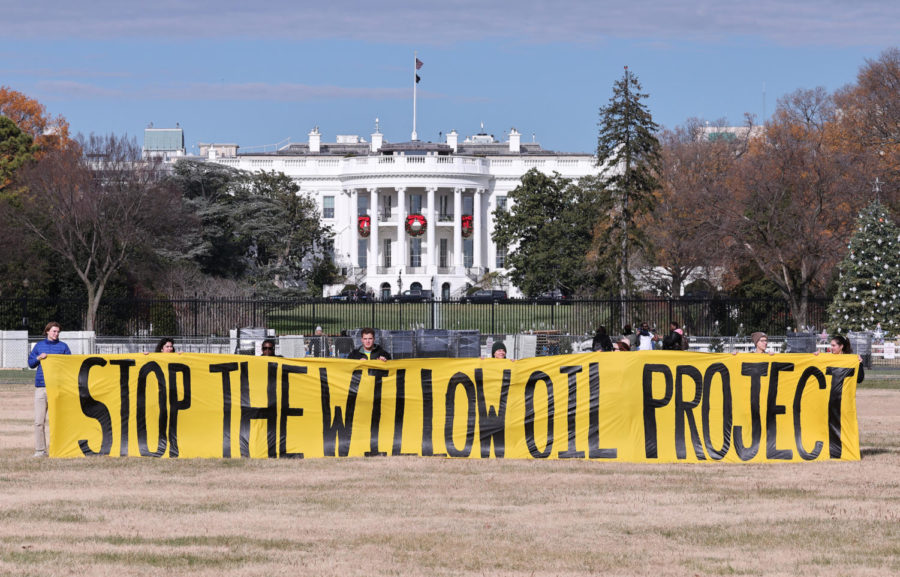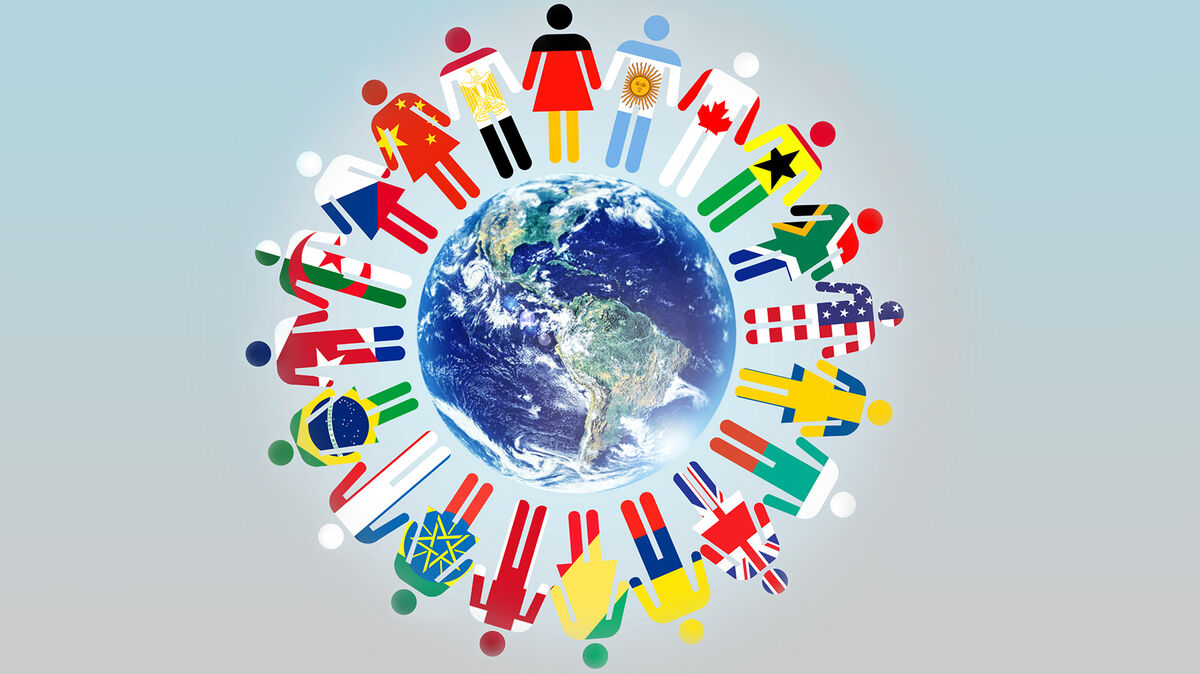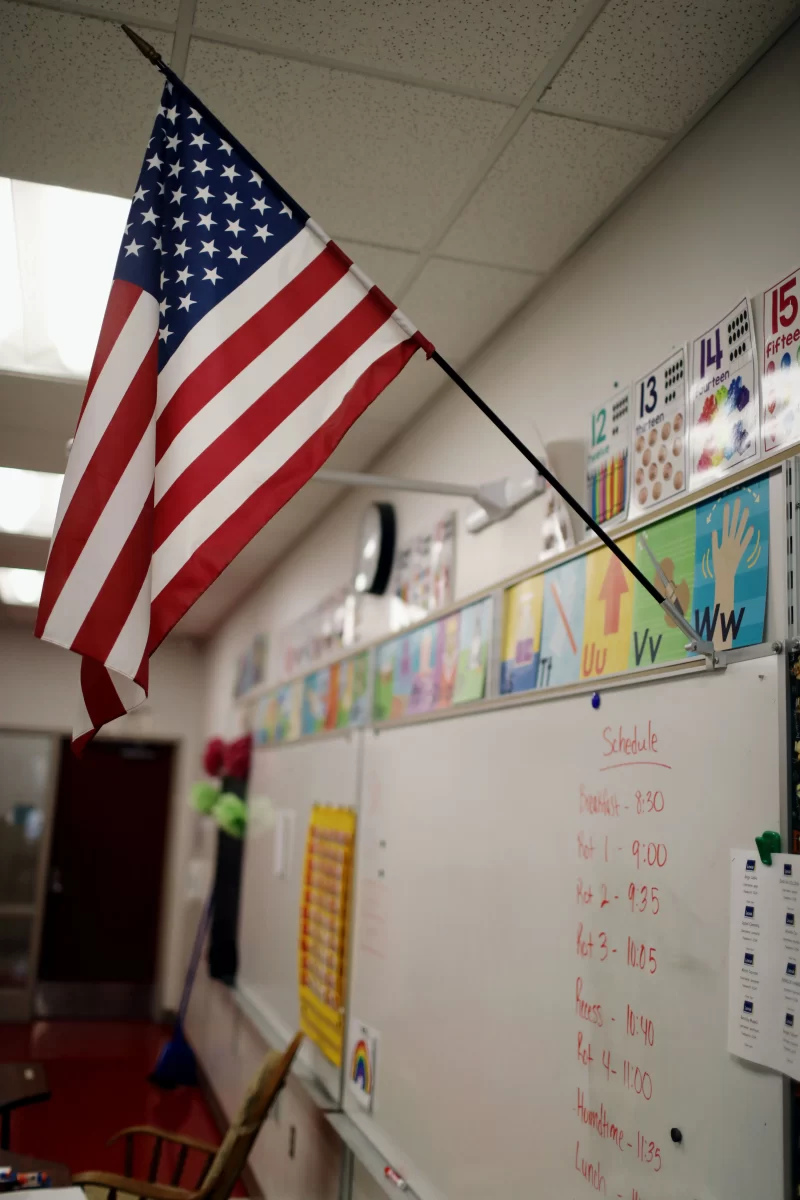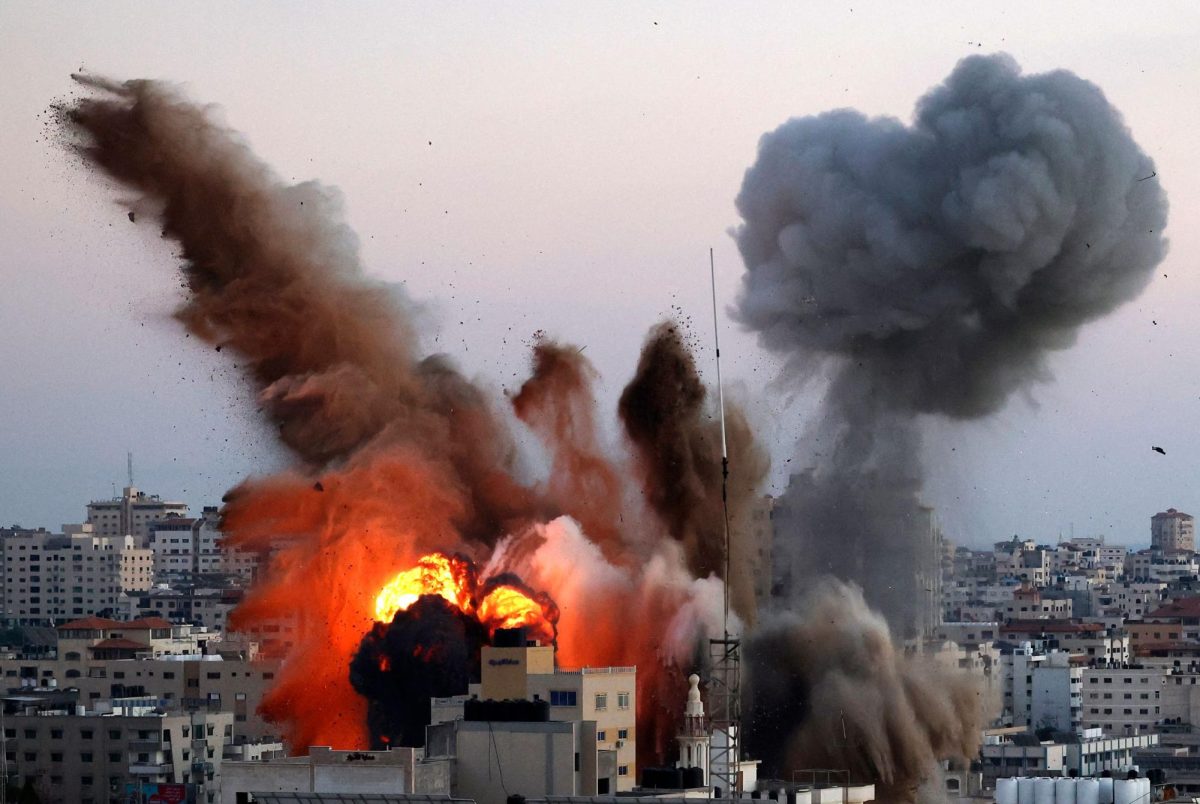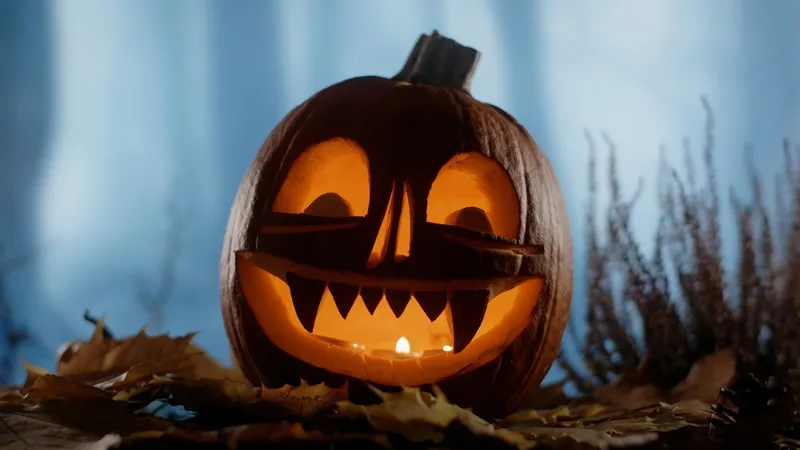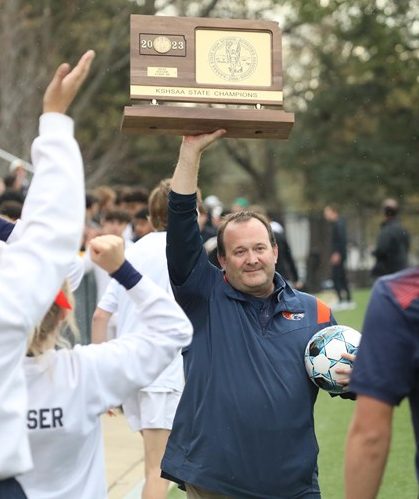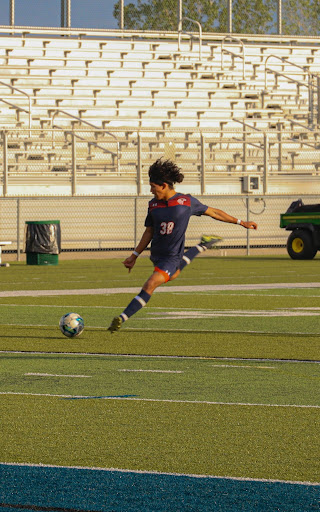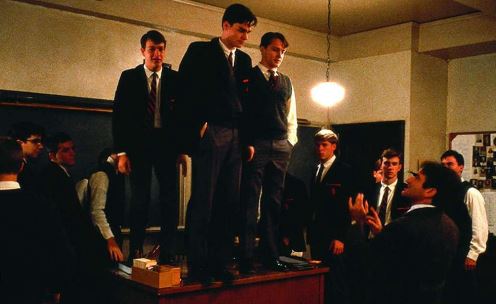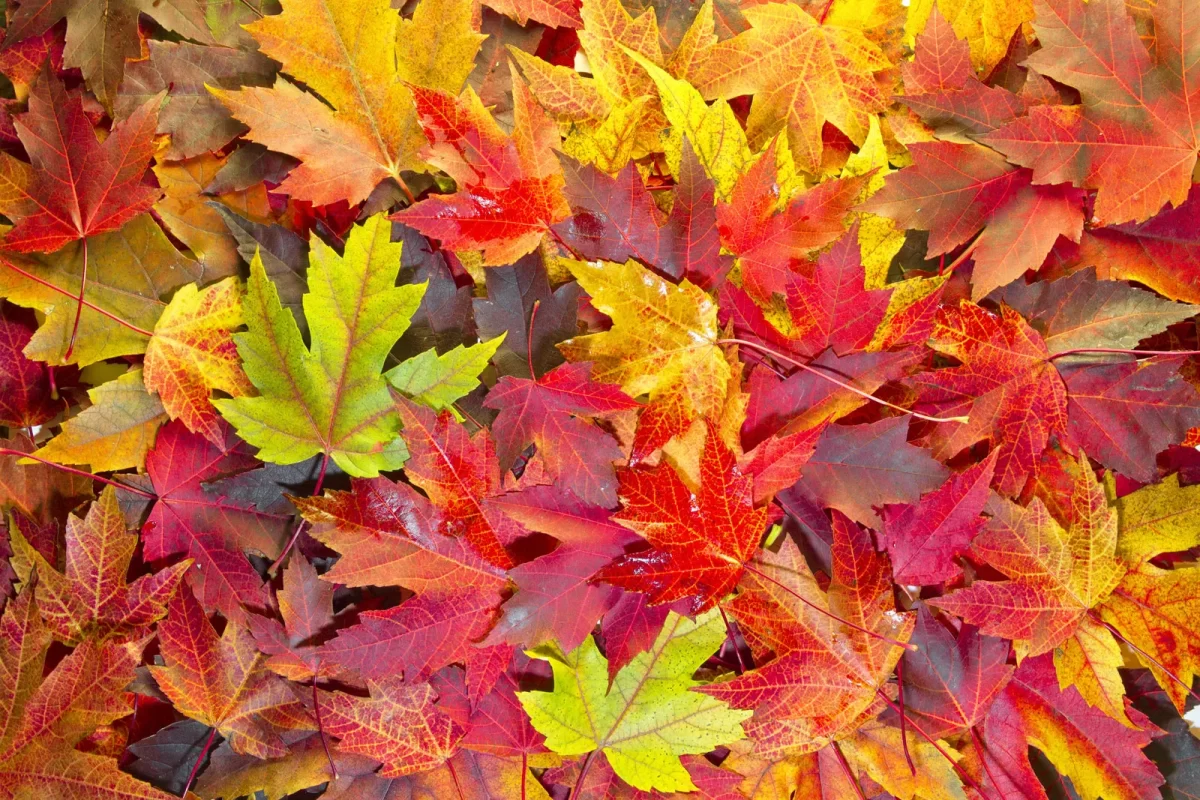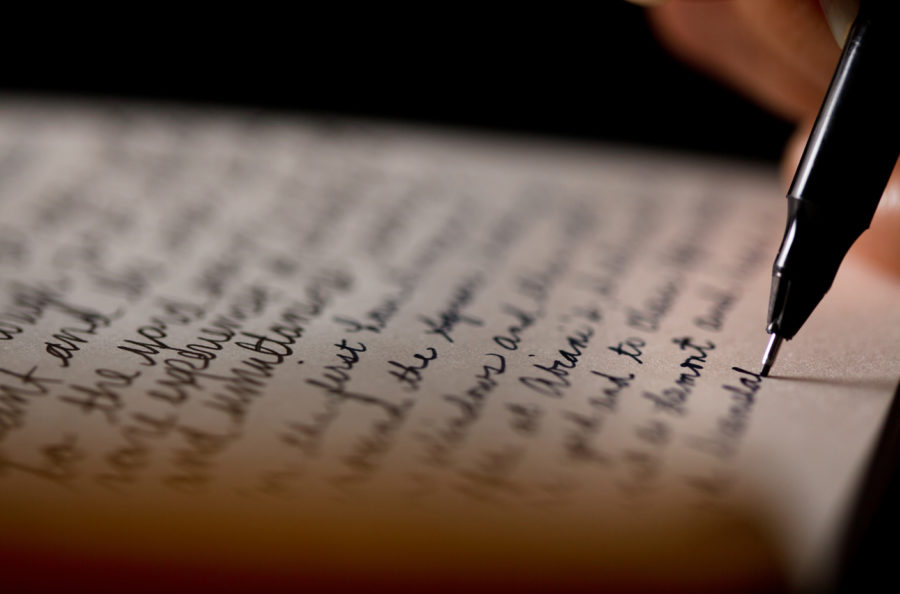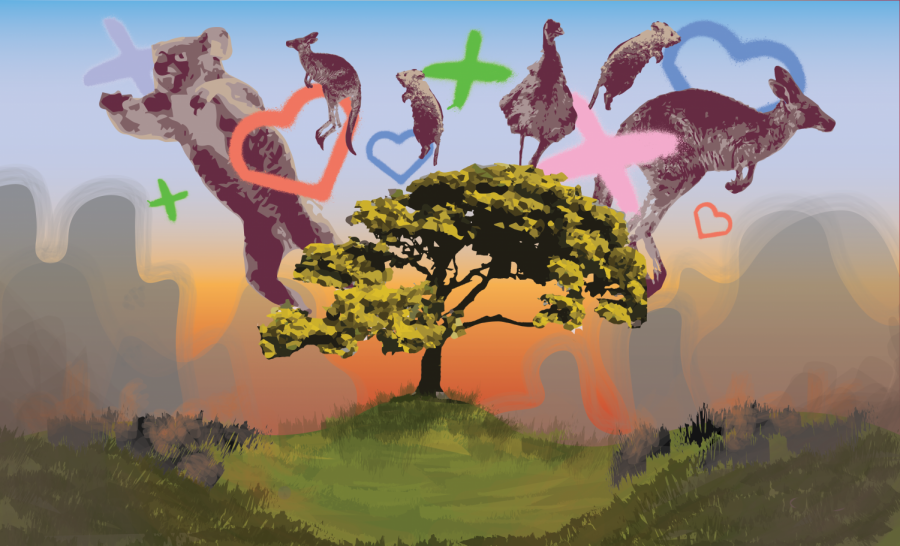No Water Can Save Us Now
The Raging Australian Bushfires that are pulling together nature and humans in a fight for safety and conservation.
March 22, 2020
The smoke conceals the light from entering as it creates an impermeable, dark cloud. The burnt smell of wood and life trickles through every crack of structures. The red flurries—inescapable threats— hand over no mercy as they strike through the homes of those close to nature and more civilized. They leave black, empty, destructed paths as they redeem their victims. The koalas can’t crawl fast enough, the kangaroos’ stamina isn’t infinite, and the people of Australia cannot pick up their homes to flee. The ruthless wildfires of the Down Under are a serious issue.
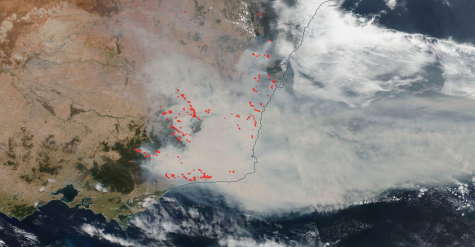
Smoke covering Australia due to bushfires, as seen from space satellites. (Space.com)
With familiarity to California’s seemingly endless burnings, a similarity can be observed in Australia’s wildfire crisis. The season of the flames seems endless as nothing stops their continuation to scorch. So far, a total of 12.35 million acres have been burned relentlessly (Time Magazine: Gunia and Law). On top of this, 33 human lives have been lost and over 1 billion animals have been predicted to have lost their life (BBC).
Australians have been primed to situations like these, having a fire season every year during Australian summer and peaking during January. Causes for the fires range from human fault, storms, droughts and more (CNN). But for animals, every fire is a serious threat, the current bushfires being catastrophic and life changing for woodland creatures. Left and right, the habitats in Australia’s abundant forests are falling as ecosystems collapse with the flames.
According to BBC, 113 animal species currently “need emergency help”—animals that had stability before the fires blew through. Pugh’s frogs, Blue Mountains Water Shrinks, and Kangaroos are among the species hardest hit, labeled as being on “imminent risk of extinction”. Koalas, one of the slower moving inhabitants of Australia’s wildlife, took a loss of ⅓ of their population.
In total, the number of species hit are 20 reptiles, 5 invertebrates, 13 birds, 19 mammals, 22 crayfish, and 17 fish, according to the Wildlife & Threatened Species Bushfire Recovery Expert Panel.
According to the government, no species have gotten to the point of extinction. However, habitat loss is the reason for concern on the topic of extinction. Almost all of the wildlife was hit with the “mammoth blazes” with a 30% of habitat. Because of the traumatizing impacts of these fires, animals have overcome their human fears. People living in the cities near forests inhabited by wildlife have reported animals sitting in front lawns and kangaroos in driveways and streets.
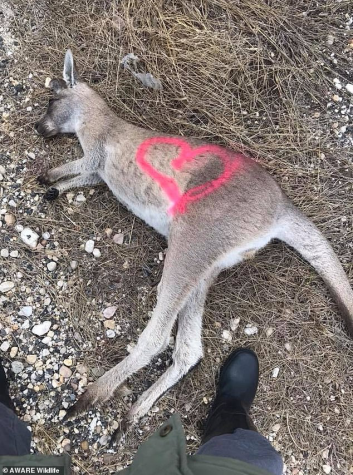
A deceased kangaroo spotted on the side of a street that has been spray painted with a pink heart to indicate it’s been searched for signs of life. (Daily Mail)
Due to the large toll on the wild populations, many animal carcasses lie in civilized areas where they are found by those passing. The natural deaths or roadkill spotted have been noted to have spray paint covering their bodies in shapes of “colorful crosses and hearts”.
Daily Mail has corrected the many myths lingering around the situation by stating that the markings indicate a rescuer having attended, checked for death, and checking for youth. After the assessment, they are laid to rest with the vibrant markings and await collection via animal services.
One kangaroo inspected was found with joeys in its pouch, and without this trend surfacing, the innocent babes would have perished. These joeys were taken to the Dutch Thunder Wildlife Shelter in Victoria, making a difference in the toll. This action gives remorse and sympathy to the lives lost, all while drawing attention to the need for conservation and reconstruction efforts. By spreading the word, animals can be saved, and every little input helps.
“More catastrophic than any simulation of our changing climate predicted,” said BBC. Climate change has a strong influence on the progress of the fires and their devastation. NBC states that the wildfire disaster in Australia is among just one of the warning signs that the rest of the world should turn their attention toward to learn about the daunting dangers Climate Change.
Taming the flames isn’t just an employed firefighters effort—90% of the firefighters combatting the disaster are volunteers. In contrast to the United States, only 65% voluntarily join the effort (The Daily Campus). And as the bushfires endure, Dr. Sanderson, an expert interviewed by BBC, stated “the warmer it gets, the more uncertain things are going to be.” The fires have their own agenda separate from the attempts of firefighters and the community.
The traumatic effects of the infernos onto the wildlife has yet to go unnoticed by conservation programs. Just in February month, the road to recovery began as Australia pledged A$50 million (US$33 mil) towards wildlife and habitat recovery, according to BBC. The Daily Campus reports that many organizations like AU Red Cross, GIVIT, St. Vincent De Paul Society are accepting donations that could help fleeting families. By donating to these causes, you can help Australia recover from the terrible, uncontrollable disaster of wildfires.



